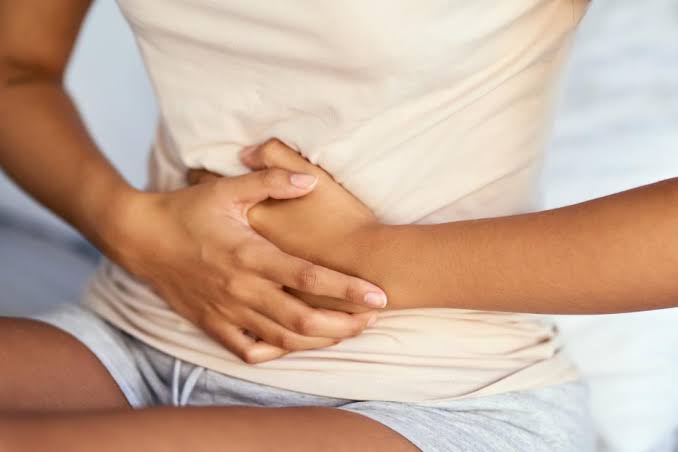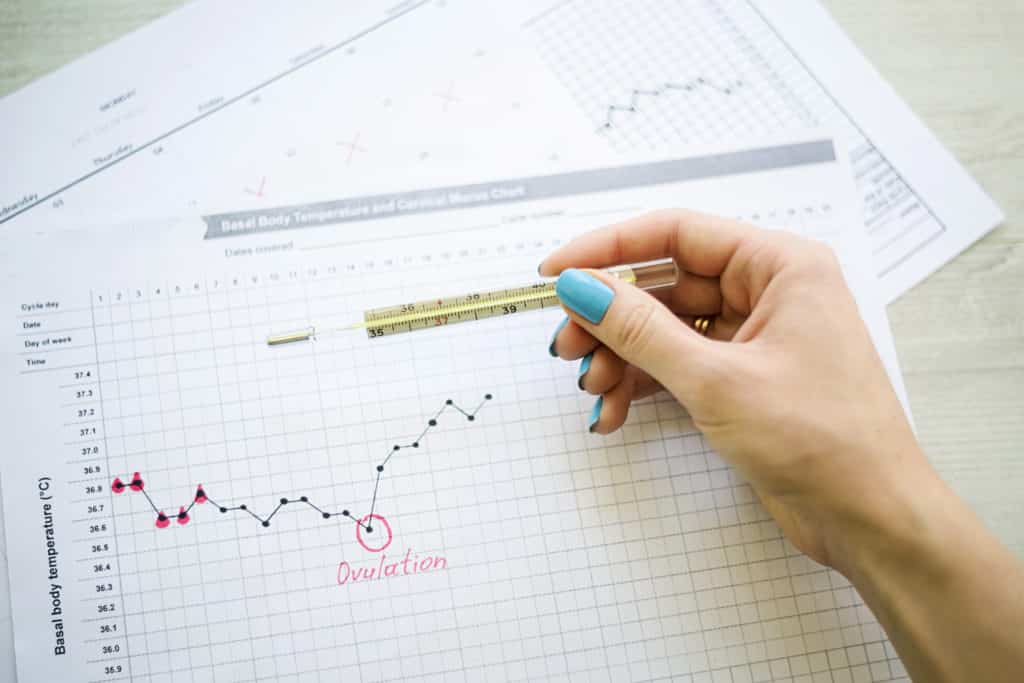When you ovulate, an egg is released from one of your ovaries. This is the time you are most likely to get pregnant. Your fertile period. The egg is released, it travels down the uterine tube, where fertilization by a sperm cell can occur.
A woman’s ovulatory period lasts for one day in the middle of her menstrual cycle, exactly 14 days before her menstrual flow begins. The timing of ovulation varies for each woman, it may even vary from month to month.

Women who plan to get pregnant should keep track of their ovulation periods. This is helpful because it provides valid information on the most fertile period in a woman’s cycle.
In addition, the chance of getting pregnant increases when live sperms are present in the falloppian tubes during ovulation.
Women who plan to get pregnant should keep track of their ovulation periods. This is helpful because it provides valid information on the most fertile period in a woman’s cycle.
The Menstrual Cycle and Ovulation
At birth, a female has about 2 million immature eggs called oocytes inside her ovaries. However, only about 400 of these eggs would be released (ovulated) during her reproductive lifetime.
A fresh monthly cycle sets off a chain of events that prepares the mothers’ body for an imminent pregnancy. The cycle is regulated by hormones which are important in the maturation and release of the eggs.
During ovulation, the inner walls of the womb (uterus) thickens as it prepares for a fertilized egg. If the egg is not fertilized, the uterine lining is shed about two weeks later, leading to menstrual flow.
However, it is important to note that having a menstrual period does not always mean you are ovulating.
When Does Ovulation Occur?
Most people think ovulation always happens exactly 14 days after a woman’s last period. However, the timing of ovulation varies for each woman and depends on the length of her menstrual cycle.
Normally, menstruation occurs 14 days after ovulation. This knowledge would guide you in calculating your ovulation period.
What Are The Signs?
- Increase In Basal Body Temperature
Your basal body temperature (BBT) is your temperature when you’re at rest. It is essential to know that your body temperature varies slightly throughout the day and month.
It varies based on your activity level, eating patterns, hormonal composition, sleep habits, and health status.
After ovulation, progesterone levels rise in your body, leading to a slight rise in temperature. Therefore, you can determine your ovulation day if you monitor your BBT closely.

- Breast Tenderness
Women are encouraged to conduct Self Breast Examinations as often as possible. During a breast examination, it is easy to observe tenderness if it is present.
This change is often regarded as a sign of ovulation. Although breast tenderness isn’t an accurate indicator of ovulation, it can answer basic questions on the progression of your cycle.
You May Also Experience….
- Mittelschmerz (Ovulation Pain)
Have you ever noticed a sharp, random pain in your lower tummy?
If that pain occurs in the middle of your monthly cycle, you may be experiencing ovulation pain.
Some women get ovulation pain every month. Studies show that mid-cycle pain occurs just before you ovulate. Therefore, this is an efficient sign of ovulation
- Fertile Quality Cervical Mucus
When you’re approaching ovulation, secretions near the cervix called cervical mucus increase and begin to look like a raw egg white.
This fertile quality cervical mucus helps sperm swim up and into your reproductive tract. Sexual intercourse is also easier and more pleasurable.

Other Signs Are:
- Increased Sexual Desire
A woman’s desire for sex increases just before her ovulatory period begins.
In addition to an increased sexual appetite, ovulating women look a lot more sexually appealing as a result of hormonal action.
- A Positive Result on an Ovulation Predictor Test
An ovulation predictor kit works a lot like an at-home pregnancy test.
You simply pee on a stick or into a cup and place the stick or test strip into it. When you’re about to ovulate, two obvious lines would appear on the test strip.
If you want to get pregnant, this is the best time to have sex.
- Fertile Cervical Position
The position of your cervix changes throughout your menstrual cycle. You can track these changes.
Just before the ovulatory period, your cervix moves higher, becomes softer, and opens slightly. In this period, you may have some difficulty in reaching your cervix.
In the other stages of your cycle, the cervix is lower, firmer, and more closed.
What Can You Do?
Every woman should take responsibility for her reproductive health.
This begins with understanding ovulation, its common signs, and studying how these play out for you personally. The signs listed above are not exhaustive as you may experience only some or none of these.
You are also advised to report any strange or disturbing feeling to a medical practitioner
References
- Nierenberg, C. (2018). What is ovulation? Assessed on June 10, 2020 from www.livescience.com/amp/54922-what-is-ovulation.html
- Tobah, V. (2019). What ovulation signs can I look out for if I’m hoping to conceive? Assessed on June 10, 2020 from pert-answers/ovulation-signs/faq-20058000
- Gurevich, R. (2020) 8 Signs of Ovulation That Help Detect Your Most Fertile Time. Assessed on June 10, 2020 from https://www.verywellfamily.com/signs-of-ovulation-1960281

